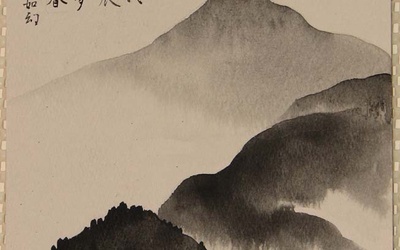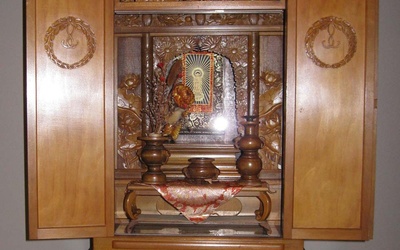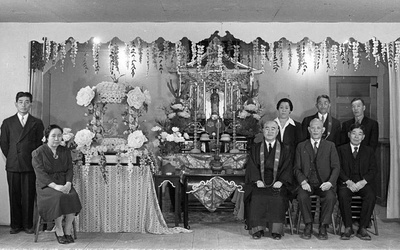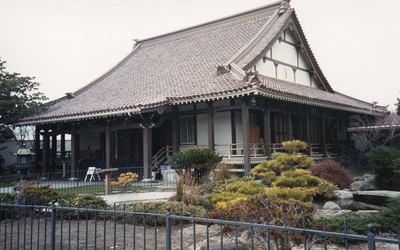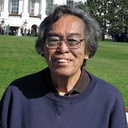
Togo Nishiura
Togo Nishiura, born in California in November 1931, is the second of seven children of the immigrants Shingo and Chiyoko Nishiura. He spent the war years of 1942-1945 in the Heart Mountain Relocation Center with the extended Nishiura family consisting of three generations of immigrants and two generations born in the United States. After the end of World War II, Togo attended and graduated from Mountain View Union High School and earned a Bachelor of Arts in mathematics from San Jose State College and a Ph.D. in mathematics from Purdue University. Togo spent most of his university career at Wayne State University in Detroit, Michigan, where he raised five children with his wife, Eleanor. He now lives in retirement with Eleanor near Philadelphia, Pennsylvania. (Photo taken by Elizabeth Nishiura)
Updated January 2015
Stories from This Author
Buddhist Altars and Poetry Created During the 1942–1945 Relocation of Japanese Americans: Meeting Religious Needs of Internees - Part 4 of 4
Feb. 19, 2015 • Togo Nishiura
Read Part 3 >>Stories Involving Zen Life and Poetry The stories told here about the life of Zen Buddhists and others in the Heart Mountain Relocation Center revolve around Reverend Nyogen Senzaki. He was well known as a Zen priest, scholar, and translator of writings in various oriental languages into English (see Shimano, Chayat, and Reps). He was also known for his poetry and calligraphy. During Relocation, he was very active in the life of the Buddhists, performing funeral services …
Buddhist Altars and Poetry Created During the 1942–1945 Relocation of Japanese Americans: Meeting Religious Needs of Internees - Part 3 of 4
Feb. 12, 2015 • Togo Nishiura
Read Part 2 >>The Small Altars of Heart Mountain Relocation Center At least six small Buddhist altars were built at the Heart Mountain Relocation Center for personal home use. The Bishop Obutsudan (Figure 10) was the last to be built and was made with fine wood. The others (whose construction dates are unknown) were made from scrap lumber, very likely leftover materials in the Heart Mountain Center Carpenter Shop. Except for one, the other altars have been painted in opaque …
Buddhist Altars and Poetry Created During the 1942–1945 Relocation of Japanese Americans: Meeting Religious Needs of Internees - Part 2 of 4
Feb. 5, 2015 • Togo Nishiura
Read Part 1 >>The Kubose Shumidan The Kubose Shumidan, whose present home is The Buddhist Temple of Chicago, has a well-documented provenance. Gary Nakai, the 2011-president of the temple, said that the proper Japanese word for this altar is shumidan, not butsudan. Butsudans are enclosed in boxes, whereas a shumidan is a stand-alone altar. This illustrates the difficulty of translating the English word “altar” into Japanese. See Figure 2 for a 2011 photo of the Shumidan. A month after the October …
Buddhist Altars and Poetry Created During the 1942–1945 Relocation of Japanese Americans: Meeting Religious Needs of Internees - Part 1 of 4
Jan. 29, 2015 • Togo Nishiura
In March 1942, the U.S. military decreed that all persons of Japanese ancestry living on the West Coast must relocate eastward. About 9,000 voluntarily moved,1 and the War Relocation Authority (WRA) forcibly moved 120,000 people—about 80,000 being U.S. citizens and the remainder being immigrants—from their West Coast homes to remote relocation centers.2 The Relocation caused the closing of Japanese-speaking Christian churches and Buddhist temples and severely disrupted the religious lives of the relocated. Although some aspects of the history of …

